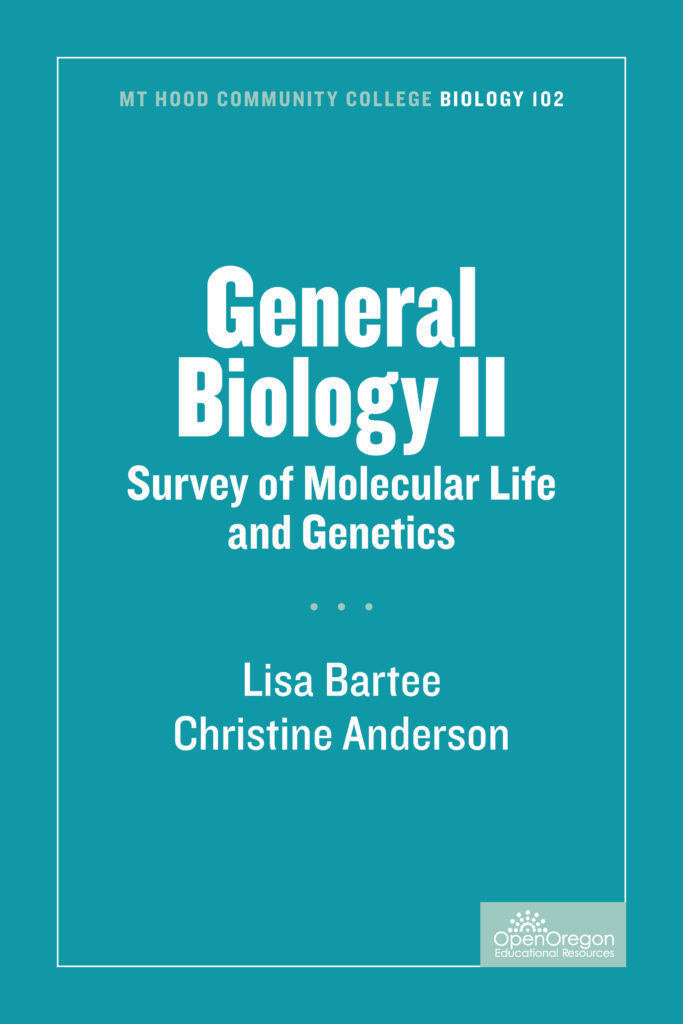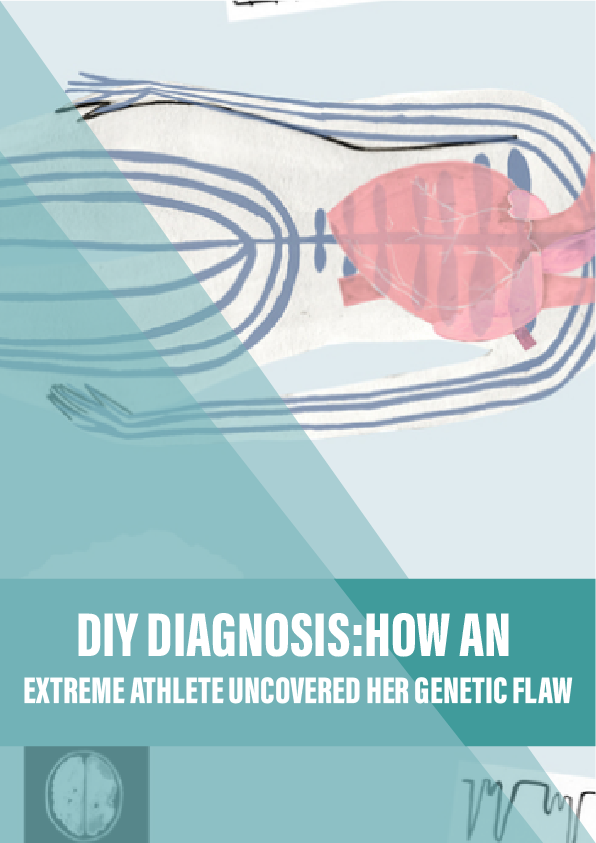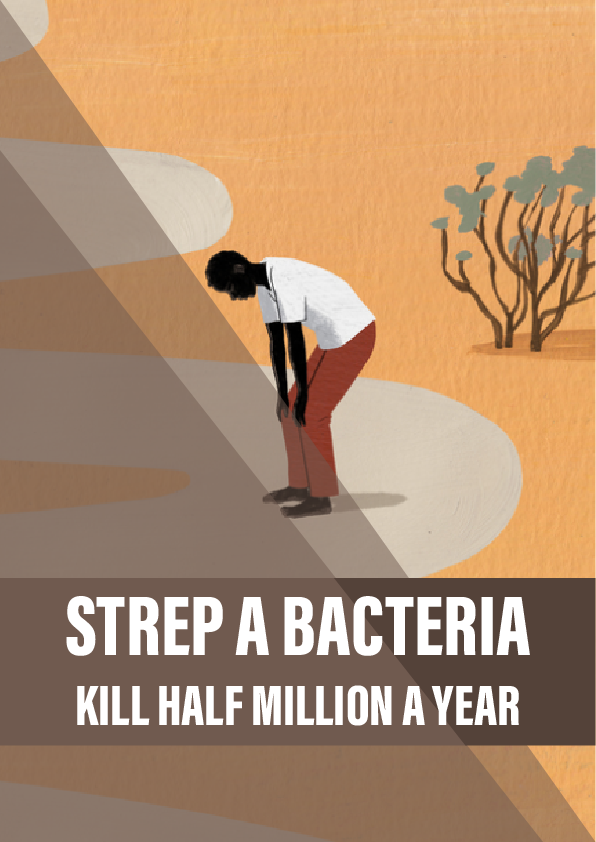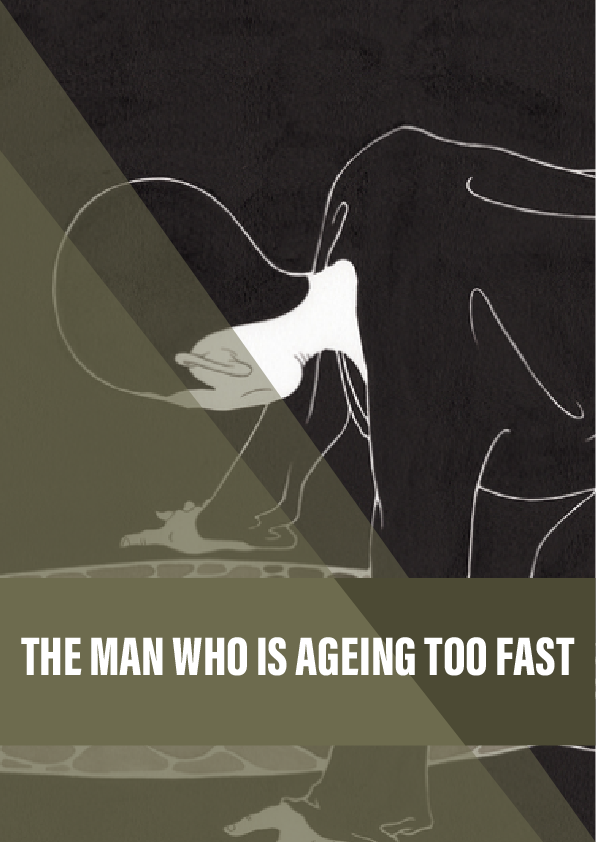The Process of Science
Learning Objectives
Course Objective for this section:
- Understand the process of scientific inquiry in order to apply the scientific method to biological questions by designing experiments and using the resulting data to form a conclusion
- Design a controlled experiment to answer a biological question.
- Predict the outcome of an experiment.
- Collect, manipulate, and analyze quantitative and qualitative data
- Answer a biological question using data.
Like geology, physics, and chemistry, biology is a science that gathers knowledge about the natural world. Specifically, biology is the study of life. The discoveries of biology are made by a community of researchers who work individually and together using agreed-on methods. In this sense, biology, like all sciences is a social enterprise like politics or the arts. The methods of science include careful observation, record keeping, logical and mathematical reasoning, experimentation, and submitting conclusions to the scrutiny of others. Science also requires considerable imagination and creativity; a well-designed experiment is commonly described as elegant, or beautiful. Like politics, science has considerable practical implications and some science is dedicated to practical applications, such as the prevention of disease (see Figure 1.1). Other science proceeds largely motivated by curiosity. Whatever its goal, there is no doubt that science, including biology, has transformed human existence and will continue to do so.
Biological Molecules
The large molecules necessary for life that are built from smaller organic molecules are called biological macromolecules. There are four major classes of biological macromolecules (carbohydrates, lipids, proteins, and nucleic acids), and each is an important component of the cell and performs a wide array of functions. Combined, these molecules make up the majority of a cell’s mass. Biological macromolecules are organic, meaning that they contain carbon atoms. In addition, they may contain atoms of hydrogen, oxygen, nitrogen, phosphorus, sulfur, and additional minor elements.











